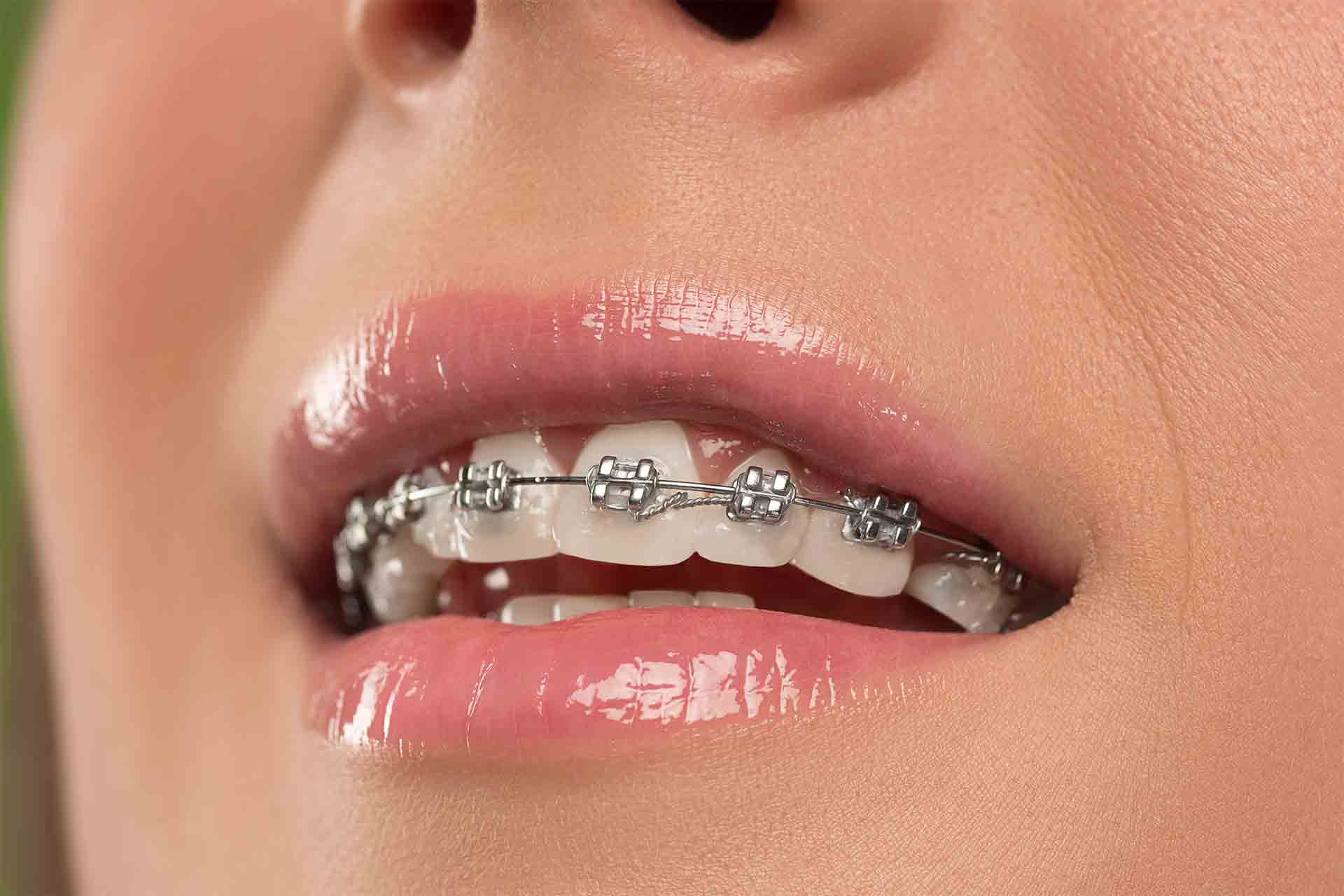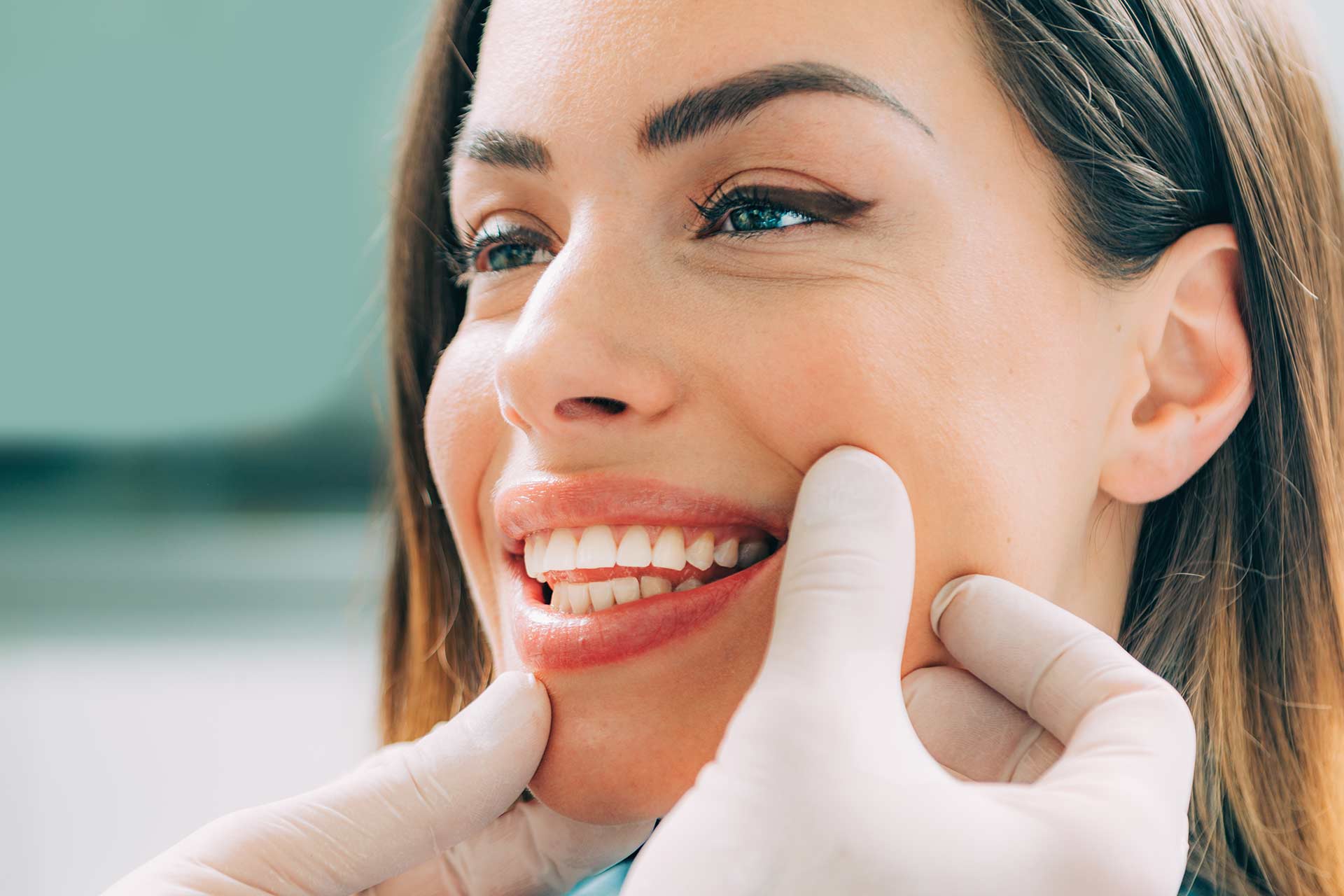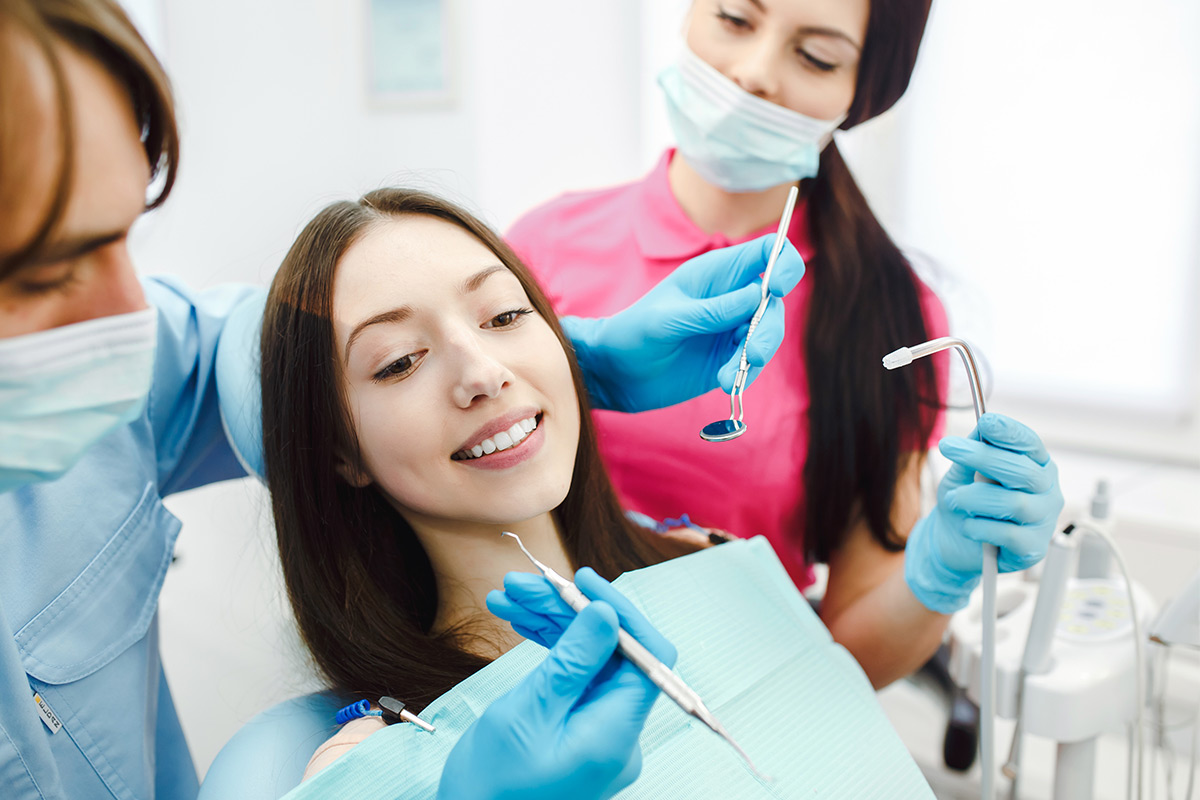
Which is better between Invisalign and braces is a popular question. Tooth issues are extremely discomforting. It’s only natural to seek for the most suiting solution. The cost may not even matter much and as a matter of fact braces and Invisalign braces are in the same price range. Here is the big question; which is the most effective option between Invisalign and braces.
In case you don’t have an idea of how the two work, here is how they do. Braces and Invisalign are meant to help straighten out the teeth. They also help put the oral condition in ideal shape while inspiring a glowing smile. Braces have been long before Invisalign which came into the dental scenes in early 2000. Invisalign are aligner trays made of smooth materials which are configured to suit your teeth accordingly.

What is Invisalign?
Invisalign is a dental treatment efficient for conditions that are not so complex. It makes use of a set of computer-simulated trays are worn on the teeth. The times they can last for vary usually from a day to several months. The trays, unlike braces, are invisible and appropriate for people who don’t want it to be obvious they are wearing something over their teeth.
Their functions extend to aesthetics rather than just utility alone. Of course, there are downsides to the use of Invisalign. It is possible that you receive more attachments than you have envisaged. Attachments are made to click into the Invisalign aligners. This is to make your teeth move more freely. The aligner makes your teeth in instances of using Invisalign looks like you are using braces. You also have to wear it for a very long time which means that you might get to eat only a few times during the day. Some people have also claimed that it makes kissing more awkward. You also have to brush a lot of times during the day and have the issue of stains.
What are Braces?
Braces, on the other hand, run along a wire. They are usually irremovable and are often silver. The wire and the braces are fixed into a patient’s teeth by dentists. They help to straighten your teeth and make them more aligned. Unlike Invisalign’s they are more functional and suitable for more complex cases of teeth problem. They are very effective in closing gaps and regularizing crooked teeth. They work even faster according to reports by many patients.
Well of course; which is better depends on individual needs at the moment. This article is meant to help you decide which is best for you in the exact condition you are at the moment. If you are experiencing a serious dental issue, you should opt-out for the dental braces and if it’s a mild issue, Invisalign may be the best for you. For efficiency, braces win, in aesthetic Invisalign takes the crown.















